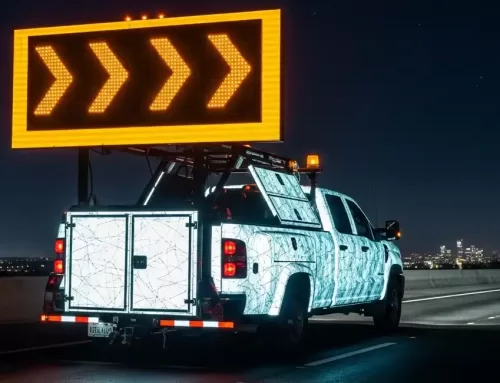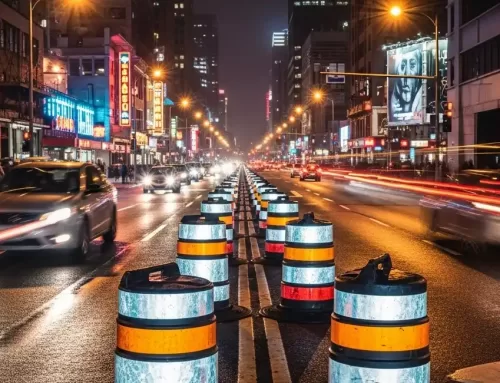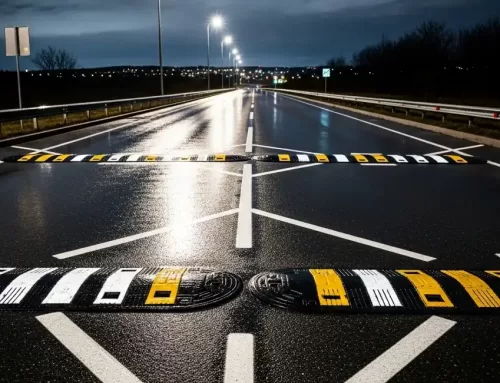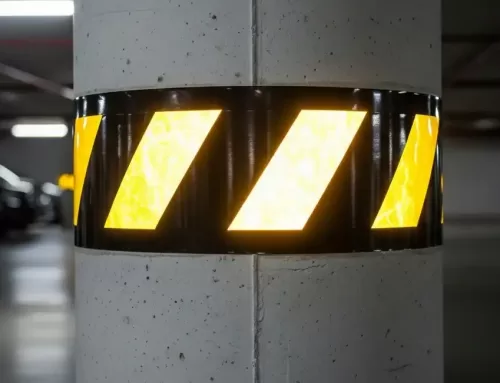How much do you know about the classification and grade of reflective film?
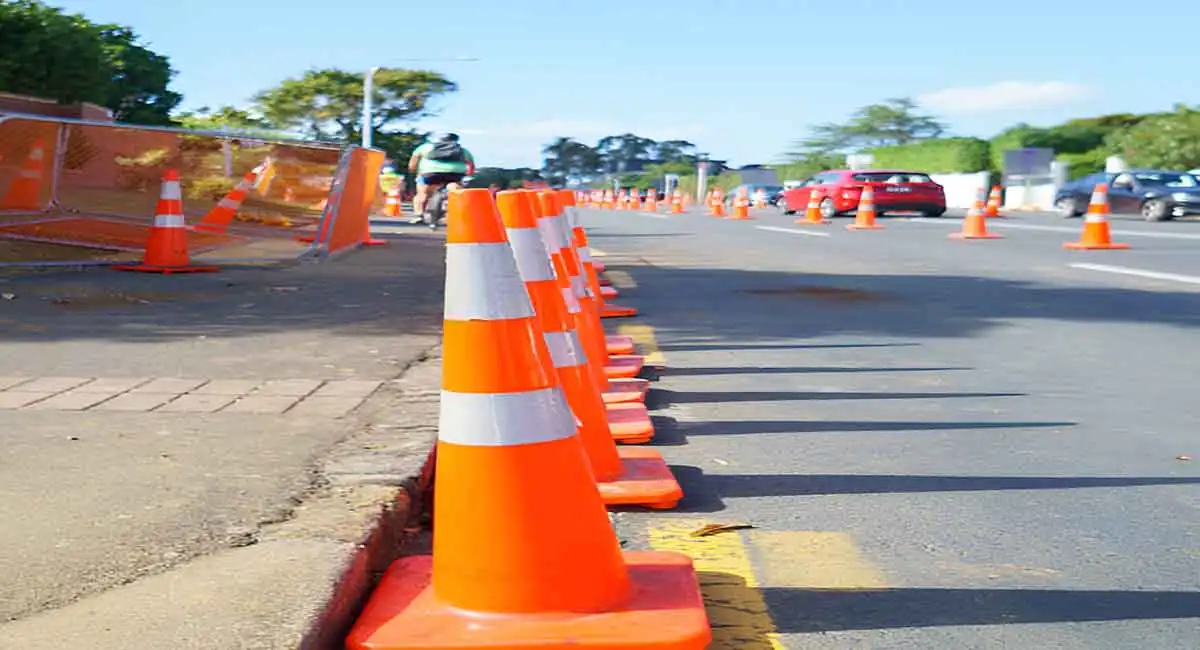
Definition of reflective film:
Reflective film is a kind of retro-reflective material that has been made into a film and can be directly applied. It is also the most widely used retro-reflective material. It can reflect the light of the headlights, so that the driver can find the objects in front of him from a long distance and take measures.
Main application areas of reflective film:
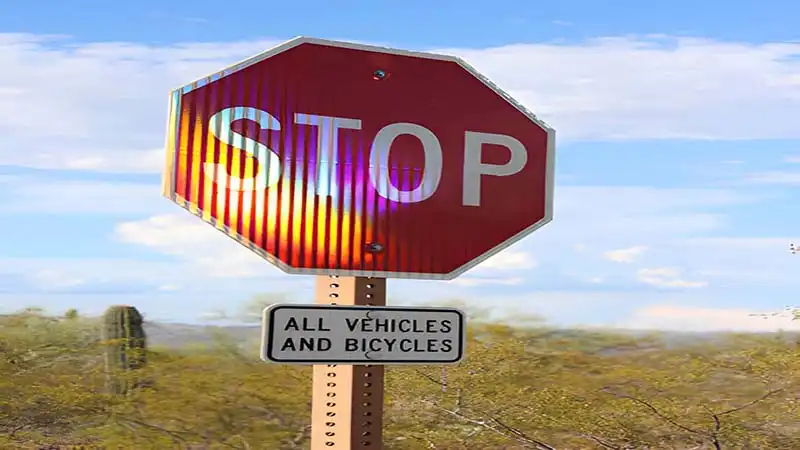
It is mainly used in traffic police vests, various road and railway guide signs, signboards, mine airport safety signs, stage scenery, trademarks, place name signs, license plates and other places, so that we can see the bright spots from a long distance. It should be noted that road traffic reflective signs should use reflective films of different levels according to the different positions of the signs.
According to relevant test results, when the signs located above the road, such as gantry and cantilever, use the same level of reflective film materials as the roadside, their retro-reflective effect can only reach about 15% of the roadside. Therefore, the retro-reflective performance of the sign surface located above the lane should be one level higher than the roadside signs.
What is the difference between different grades of reflective film?
At present, commonly used reflective film can be divided into diamond grade, high-strength grade and engineering grade according to different retro-reflective performance and use purposes.
1. Diamond grade
Generally suitable for traffic signs on high-grade highways and urban roads. Under normal use, the brightness retention value after 10 years is at least 50% of the initial value.
2. High-strength grade
Applicable to traffic signs on general roads, that is, common highways, first-, second-, third-, and fourth-level roads and temporary signs.
The reflective coefficient is at least twice that of the engineering grade, and the service life is generally 10 years. Under normal use, the brightness after 10 years should retain at least 80% of the initial brightness value.
3. Engineering grade
There is basically no difference between the use and high-strength grade. The service life of this level of reflective film is generally 3-5 years: some manufacturers only provide 7-year reflective film, and the brightness retention value after 7 years is at least 50% of the initial brightness value. Some manufacturers provide 3-year, 5-year, and 7-year reflective film.
In addition, there is a kind of micro-prismatic reflective film, which has very high front brightness at a long distance. It is mostly used in places with multiple lanes and multiple bends. It is suitable for delineators, warning columns, etc., but not for traffic signs that need to be seen at close range.
Prismatic reflective film technology:
The key technology of prismatic reflective film combines the optical characteristics of the production materials and the characteristics of the micro-nano embossing process. By optimizing the morphology, size, inclination and arrangement of the microstructure, the arrangement of the microstructure not only meets the requirements of optical performance, but also is suitable for large-scale production. Through the innovation of key technologies such as ultra-precision master mold design and manufacturing technology, ultra-precision copying and splicing technology, micro-nano embossing molding technology, and sealed capsule molding technology, the iteration speed of micro-prismatic reflective film products has been accelerated, and the relevant performance and production efficiency of micro-prismatic reflective film products have been improved.

